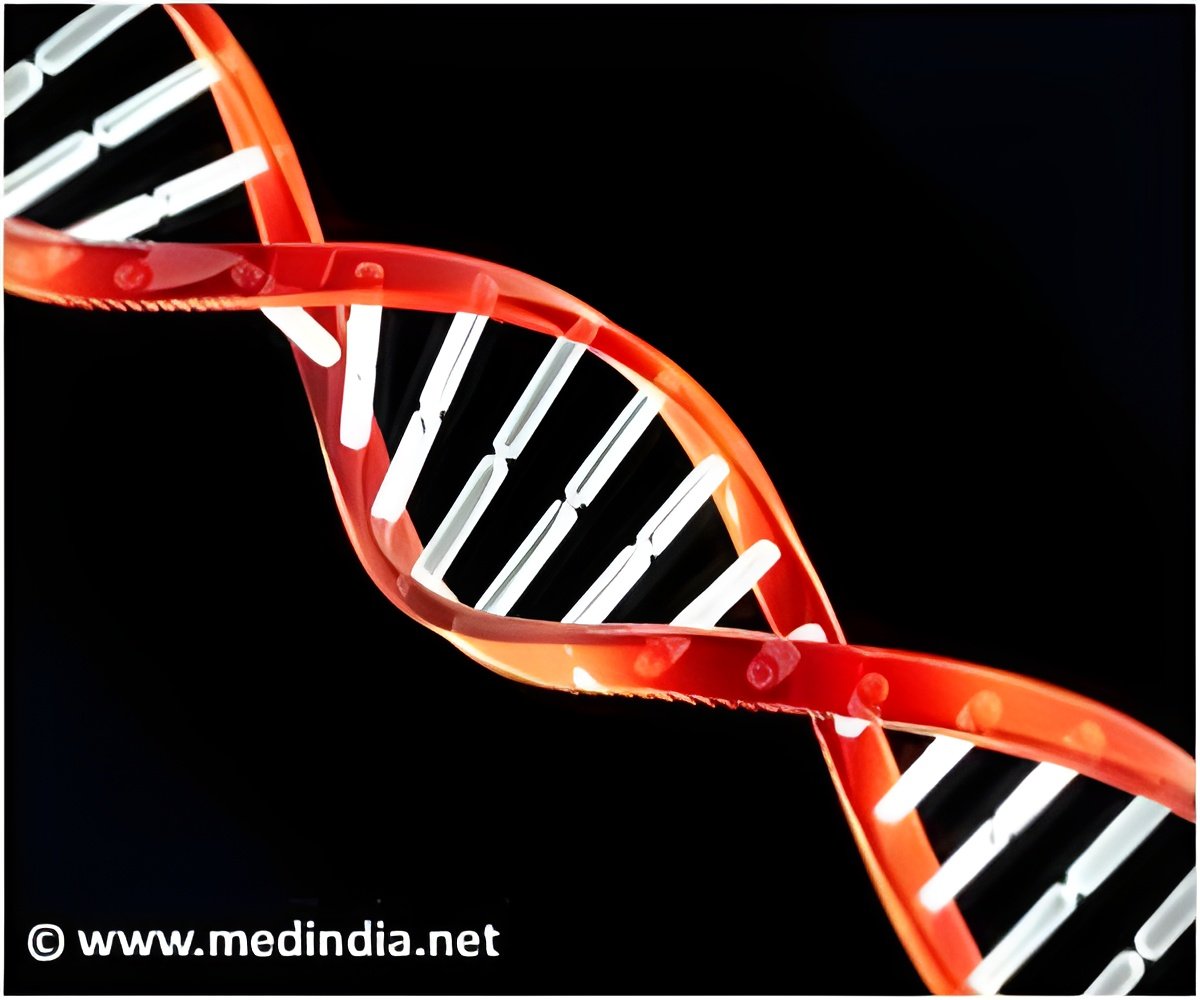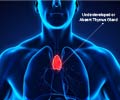Variations in the severity of birth defects in children with DiGeorge syndrome may be explained by the existence a 'switch' that modifies a gene

Dr Anne Voss and Dr Tim Thomas led the study, with colleagues from the institute's Development and Cancer division, published today in the journal Developmental Cell.
Dr Voss said babies with DiGeorge syndrome have a characteristic DNA mutation on chromosome 22 (22q11 – chromosome 22, long arm, band 11), but exhibit a range of mild to severe birth defects, including heart and aorta defects. "The variation in symptoms is so prominent that even identical twins, with the exact same DNA sequence, can have remarkably different conditions," she said. "We hypothesised that environmental factors were probably responsible for the variation, via changes to the way in which genetic material is packaged in the chromatin," Dr Voss said.
Chromatin is the genetic material that comprises DNA and associated proteins packaged together in the cell nucleus. Chemical marks that sit on the chromatin modify it to instruct when and where to switch genes on or off, making a profound difference to normal development and cellular processes.
The research team found a protein called MOZ, the 'switch' which is involved in chromatin modification, was a key to explaining the range of defects seen in an animal model of DiGeorge syndrome. "MOZ is what we call an chromatin modifier, which means it is responsible for making marks on the chromatin that tell genes to switch on or off," Dr Voss said.
"In this study, we showed that MOZ regulates the major gene, called Tbx1, in the 22q11 deletion. Tbx1 is responsible for heart and aortic arch development. In mouse models that have no Moz gene, Tbx1 does not work properly, and the embryos have similar heart and aorta defects to those seen in children with DiGeorge syndrome. We showed that MOZ is crucial for normal activity of Tbx1, and the level of MOZ activity may contribute to determining how severe the defects are in children with DiGeorge syndrome," Dr Voss said.
Advertisement
"In our mouse model, we saw that retinoic acid exacerbated the defects seen in mice with mutations in the Moz gene. In fact, in mice that had one normal copy of MOZ and one mutated copy, the offspring look completely normal, but if the mother's diet was high in vitamin A, the offspring developed a DiGeorge-like syndrome. This suggests that MOZ, when coupled with a diet high in vitamin A (retinoic acid), may play a role in the development of DiGeorge syndrome in some cases.
Advertisement
Source-Eurekalert











